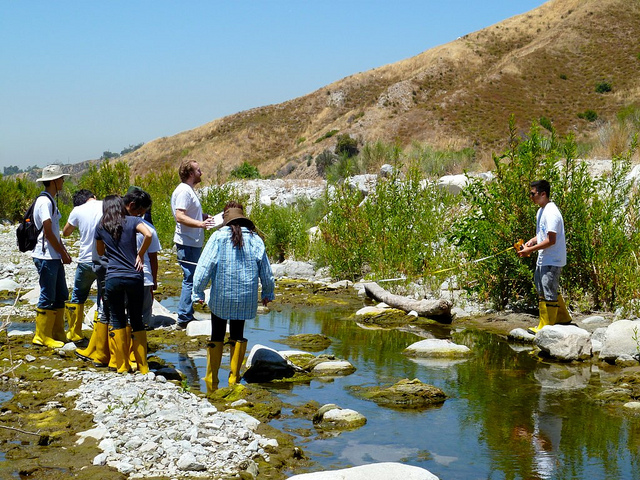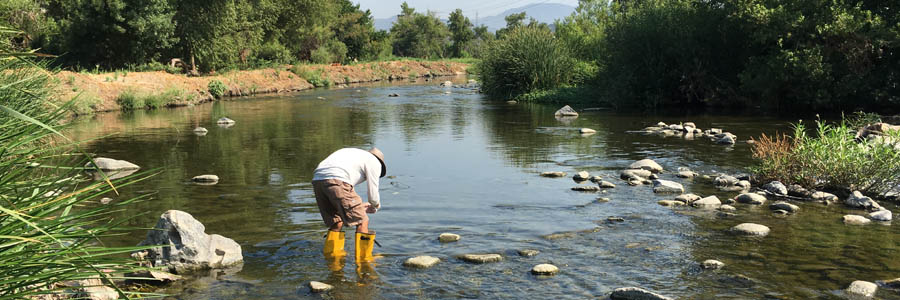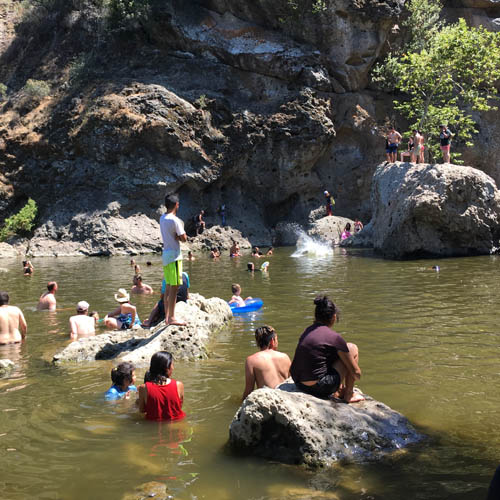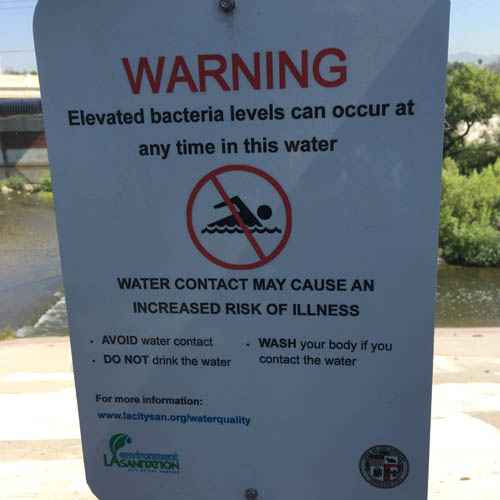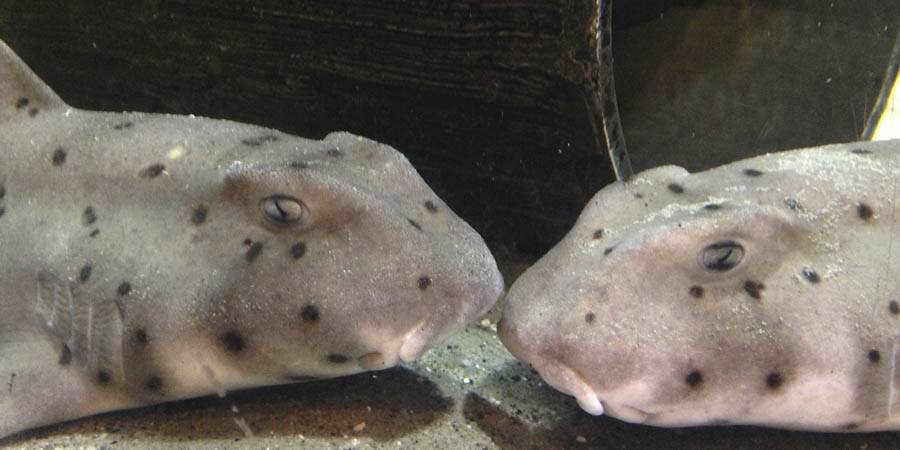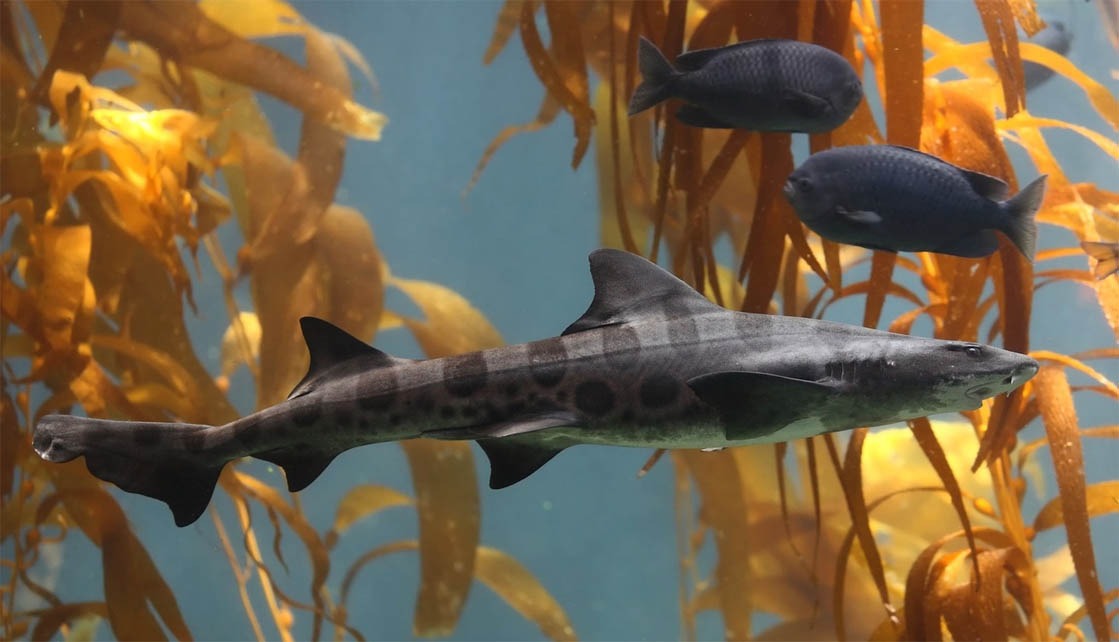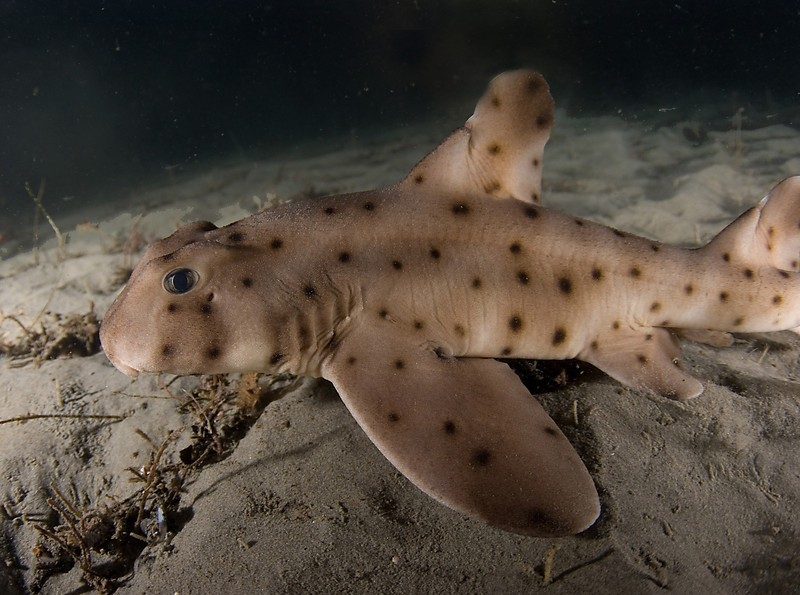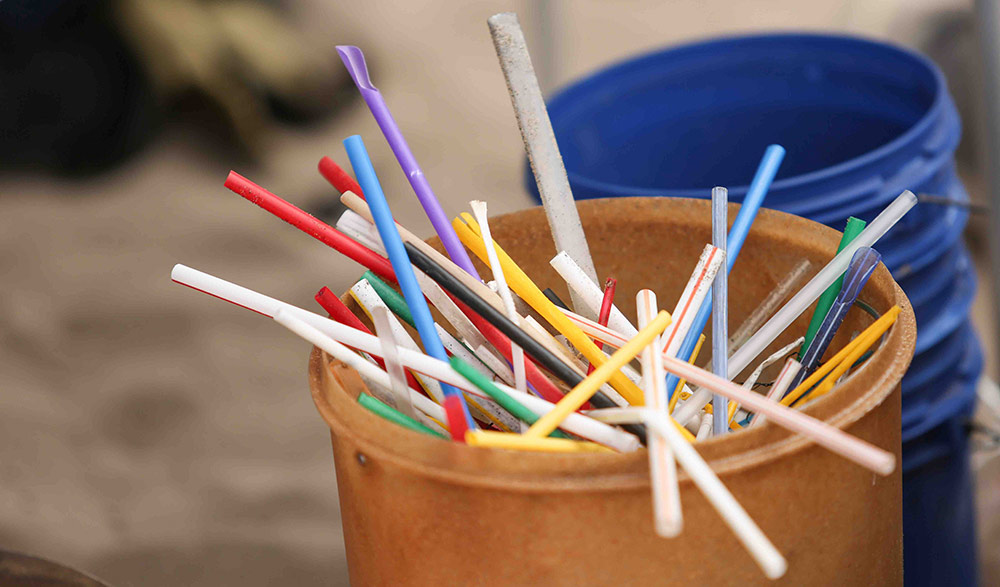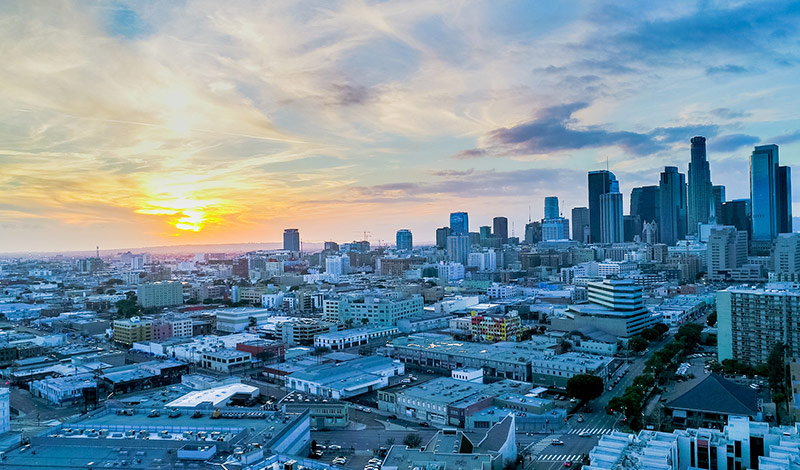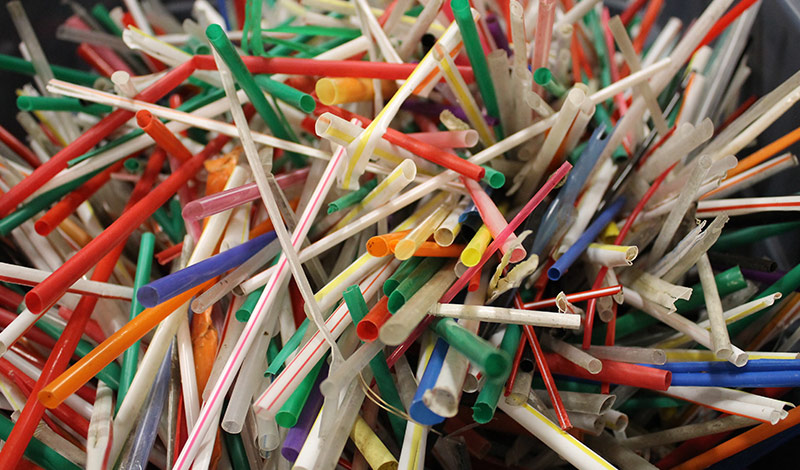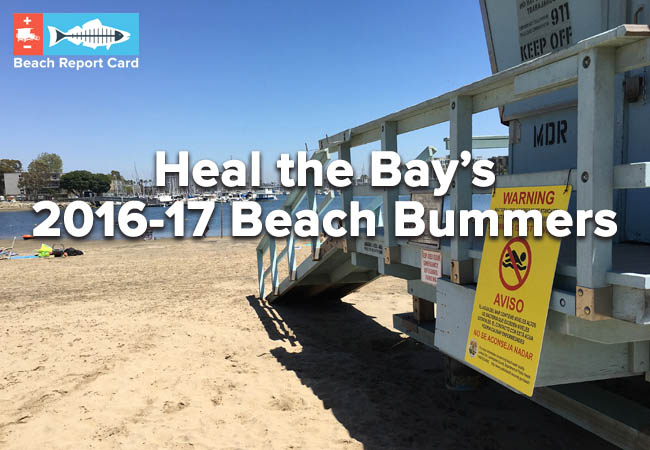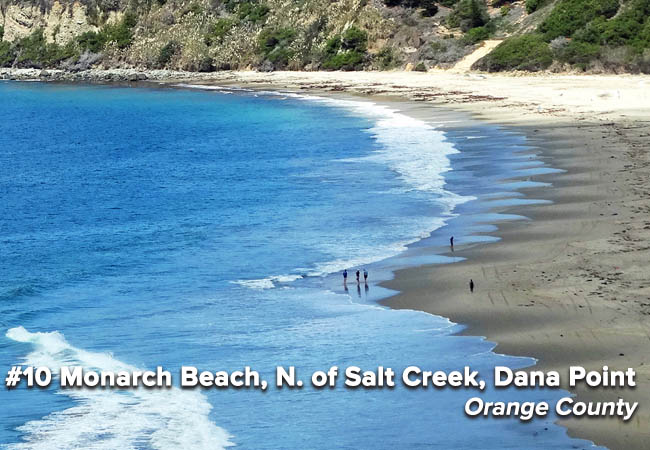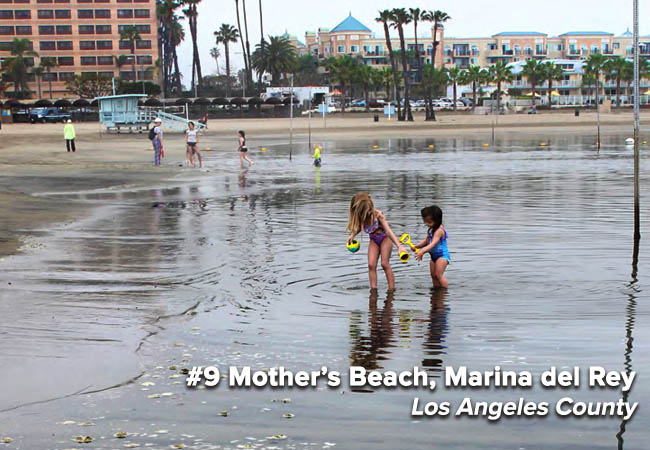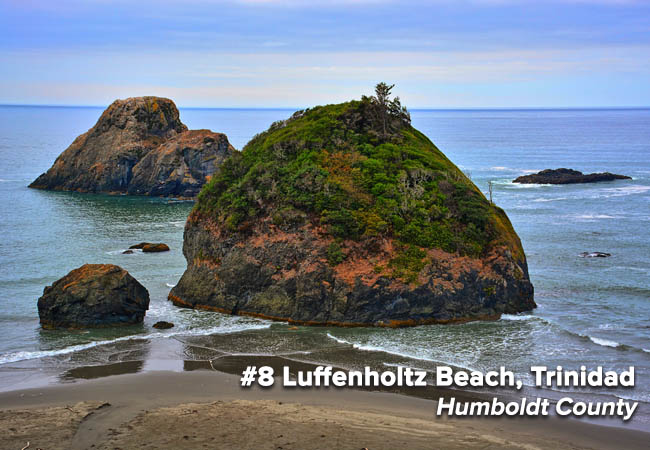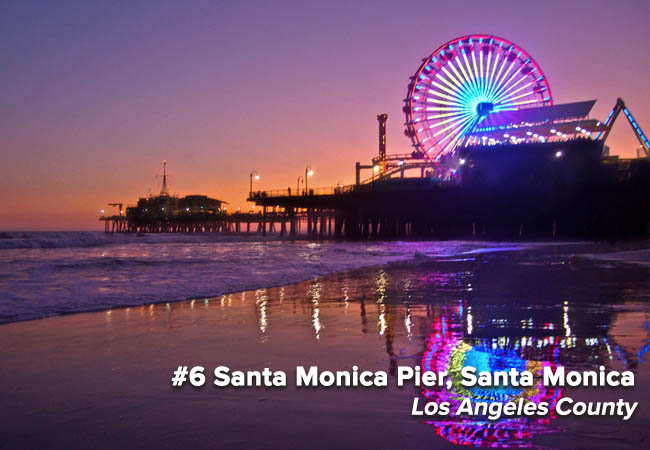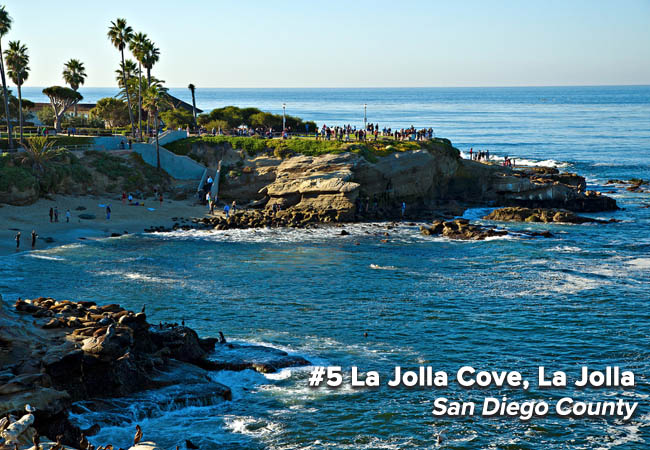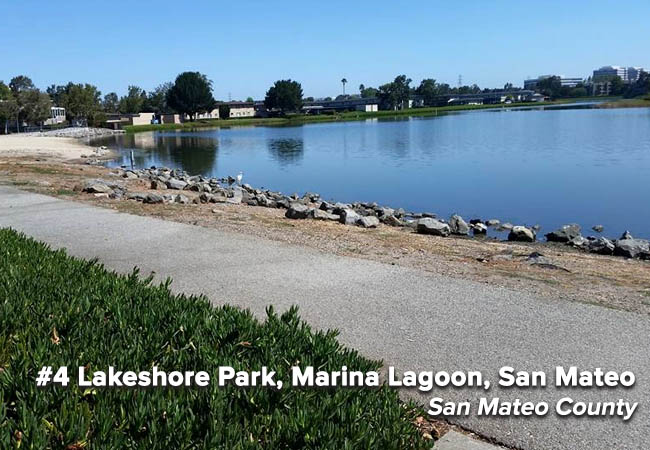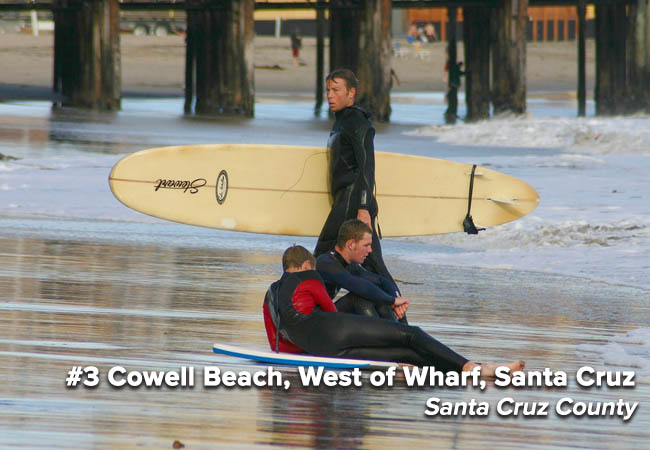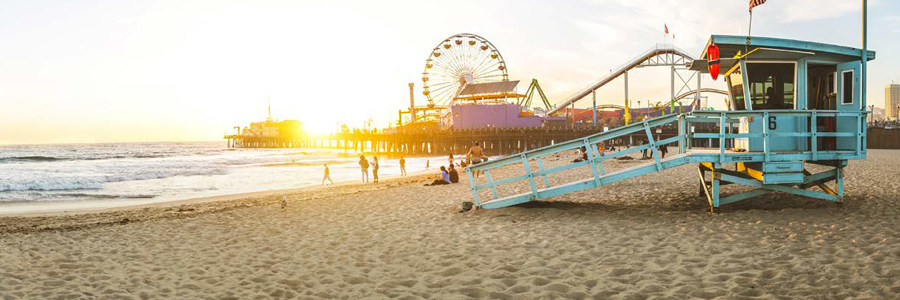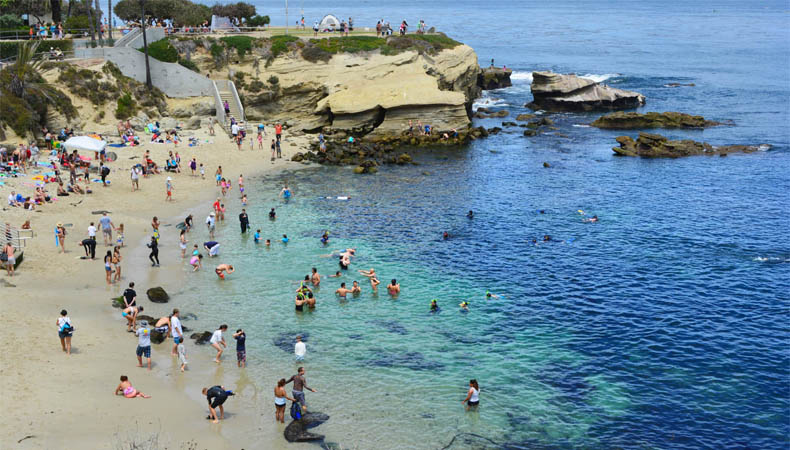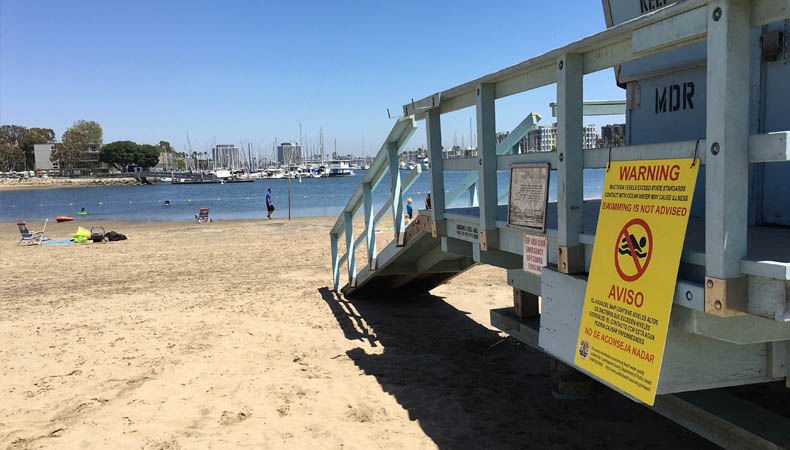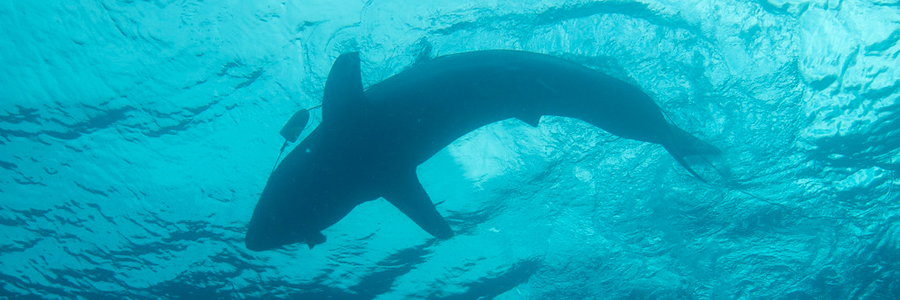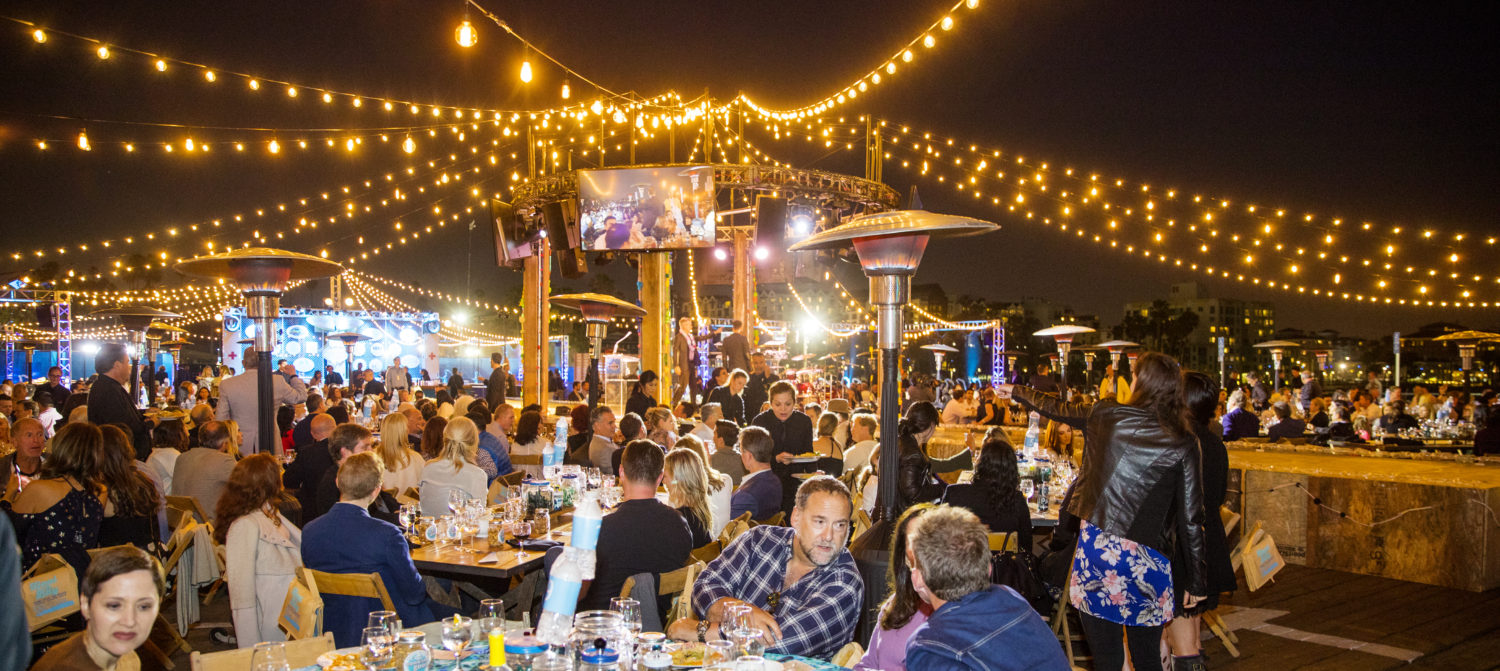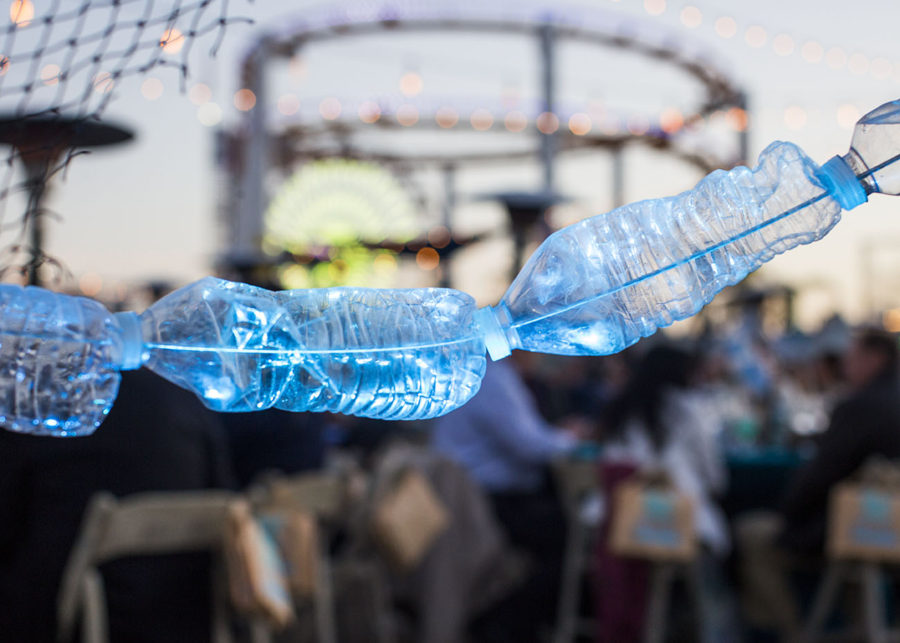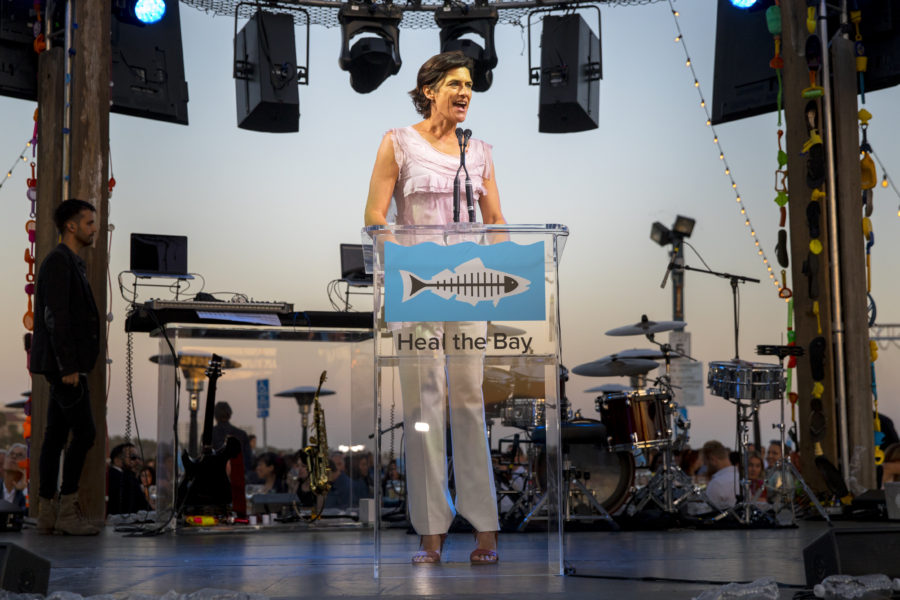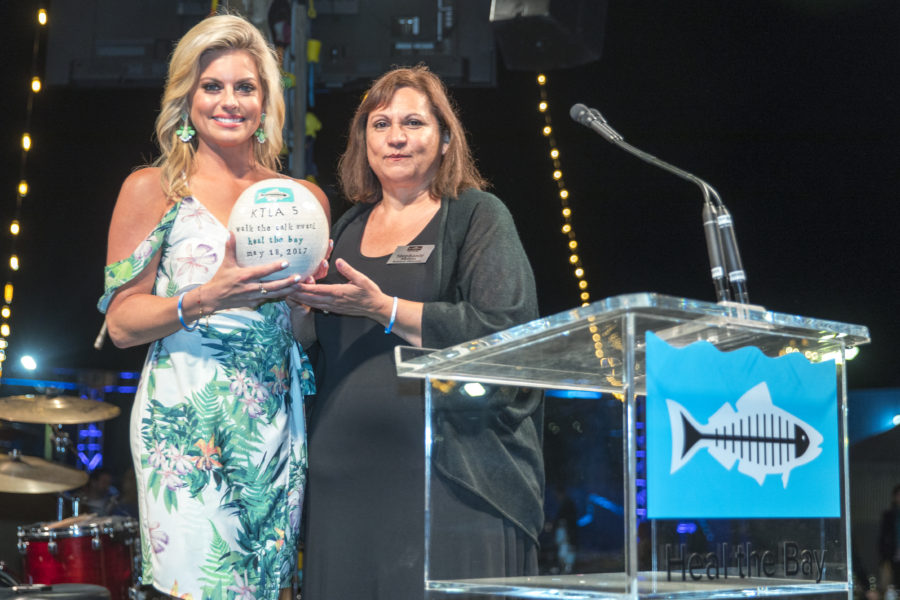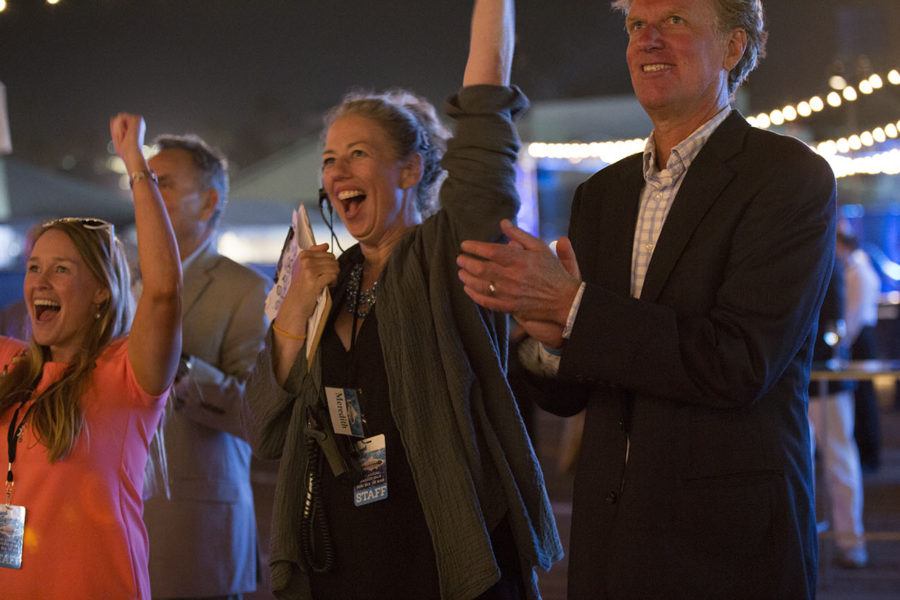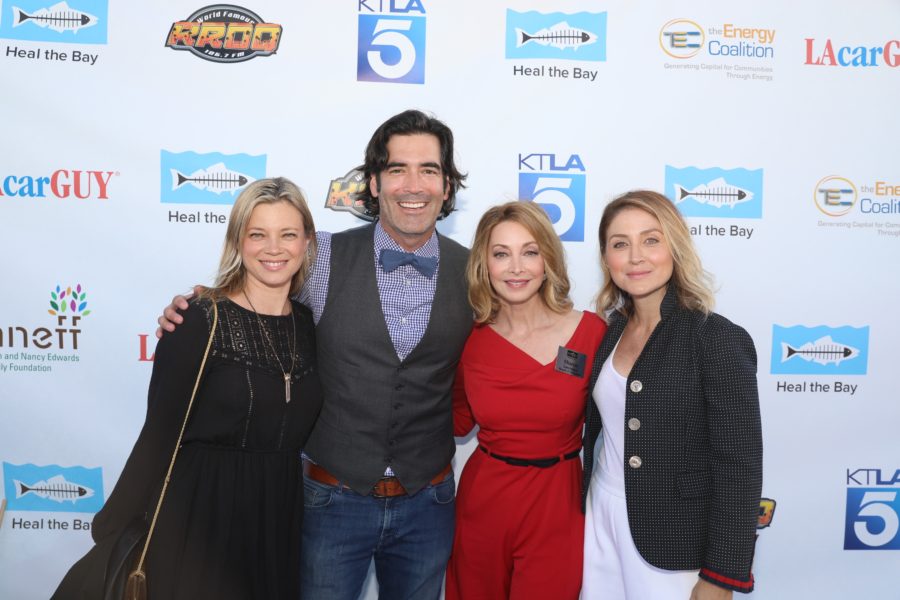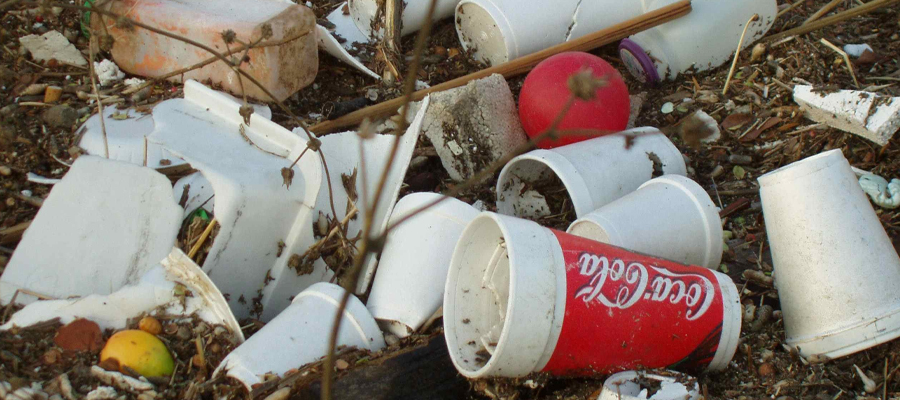Hoy empezamos de publicar notas de la calidad de agua de las zonas recreativas de agua dulce que existan aquí en Los Ángeles. Nuestra científica Dr. Katherine Pease nos explica por qué este labor es importante y nos habla de la gente interesante que nos está ayudando de completarla.
El verano pasado, Heal the Bay publicó un estudio importante de la calidad de agua que mostró que la contaminación por las bacterias seguían asolando al río Los Ángeles en una manera crónica y a largo plazo. Nuestro estudio ha demostrado que las zonas recreativas de agua dulce, que son cada vez más populares, padecen de la mala calidad de agua y presentan riesgos para la gente que visita aquellas zonas de agua dulce para pescar, nadar, o hacer kayaking.
Los hallazgos eran una causa de preocupación, pero también nos dieron una oportunidad. Después de que los publicaron, la pública se renovaron su interés en el río Los Ángeles y inspiró un plan para la revitalización de las aguas de L.A., que cuesta hasta mil millones.
Aprovechamos del estudio y se inspiró en nuestro trabajo en proteger la salud pública por proporcionar un reporte de la calidad de agua en nuestras playas, hemos comprometido de publicar notas de la calidad de agua en los ríos por todo Los Ángeles.
Hoy revelamos el reporte del río, un nuevo instrumento en línea que permite a nuestros usuarios comprueba los niveles de las bacterias dañinas en hasta doce zonas recreativas de agua dulce, de Malibu hasta Frogtown, de Encino hasta Atwater Village.

Empezamos en 2014 a monitorizar a las zonas recreativas del interior. Primero, monitorizábamos las pozas en las Montañas de Santa Mónica, se agregaron luego otros sitios del río Los Ángeles en 2015. Para asegurar que la gente pueda ver todos estos sitios cuales son seguros, publicamos todo en un blog semanal.
El público tiene acceso a nuestro programa, ya ampliada, en los mapas online para comprobar las calificaciones de la calidad de agua (verde, amarilla, o roja) en su zona recreativa preferida. Actualizaremos el reporte dos veces a la semana, cada lunes y miércoles. Los datos de las pruebas por los niveles de las bacterias vienen del personal mismo de Heal the Bay, complementado por pruebas hechas por la ciudad de Los Ángeles y Council for Watershed Health como parte de Los Ángeles River Watershed Monitoring Program (LARWMP).
Nuestro informe de la calidad del agua en el río Los Ángeles ganó mucho atención el año pasado, mejorando en la conciencia pública sobre los problemas de la cualidad de agua en el río.
Entre los cambios positivos:
- El Departamento de Salud Pública de Los Ángeles ya tiene un sitio de web dedicado a las zonas recreativas de agua dulce.
- Otras agencias ya hacen pruebas por la calidad de agua en el río por el programa de LARWMP (Antes era sólo nosotros, Heal the Bay, que hicimos pruebas de las zonas recreativas de la Valle Elysian).
- El saneamiento de la ciudad de Los Ángeles pusó avisas por todo el río de Los Ángeles que le recomendaron Heal the Bay y El Departamento de Salud Pública de Los Ángeles.
En otro cambio positivo, Heal the Bay contrató estudiantes de las universidades locales para realizar este trabajo.
A través de un subsidio, trabajamos con Los Angeles Trade Technical College, una universidad técnica en el centro de Los Ángeles. Este verano cinco estudiantes de LATTC han unido nuestro equipo para aprender la ciencia de monitorizar la calidad de agua y defendiendo las protecciones del medio ambiente — desde el río de su ciudad.

El entusiasmo que nos han traído los estudiantes para el río es contagioso, y sus raíces y experiencias diferentes nos han traído una perspectiva nueva para nuestro trabajo. (Se puede leer de todos ellos aqui). El entrenamiento subraya el compromiso de Heal the Bay para que la gente que trabaje en la ciencia de medio ambiente sea variada y pueda ayudar a desarrollar los futuros líderes de nuestra región.
Enfocamos en las experiencias de estos estudiantes por todo el verano en nuestro blog y por nuestros canales sociales — compruebe lo que nos dicen de su experiencia.
Los estudiantes se encargan con una labor importante: encontrar de donde viene la polución que está en el río. Es una pregunta importante, no sólo para la gente por el cauce del río sino también para la gente que usa el mar. La gran mayoría de la polución que afecta a nuestras playas llega ahí de los ríos.
Para encontrar los orígenes de la polución, los estudiantes andan en bicicleta por toda el Valle Elysian para identificar y probar los pluviales.
La realización de monitorizar este trabajo es fascinante – conseguimos datos importantes y nos presenta la oportunidad de acercarnos al río. Cada semana vemos a la gente usando el río para las actividades recreativas como nadar, pescar, y hacer kayaking sino también para las necesidades humanas básicas como bañarse y limpiar la ropa.
Áreas que tienen agua corriente ofrecen la gente y sus perros un descanso del calor del verano. Sirven la gente sin hogar como un lugar donde se puede bañar. También son los sitios primeros dañados por los residuos urbanos contaminantes que luego dañará a la gente, el hábitat, y la vida silvestre en los ríos y en el mar también.
Son observaciones tristes, pero también tenemos noticias buenas. Cada vez hay más gente conectando con la naturaleza y descubriendo el oasis en Los Ángeles urbano. Muchos de los lugares del interior tienen una calidad buena de agua y sus residentes son determinados de proteger sus aguas.
Alentamos que ustedes vuelvan para nuestro sitio de web, que pasen para las zonas recreativas, aprendan de la calidad de agua, y aprendan lo que ustedes pueden hacer para mejorar la calidad de agua aquí en Los Ángeles.
Si usted está pensando en ir a las zonas recreativas de agua dulce, pasen por nuestra página de FAQ para informarles de las zonas recreativas y la calidad de agua.



